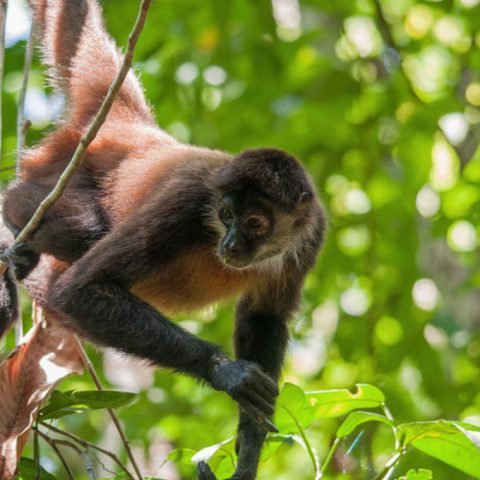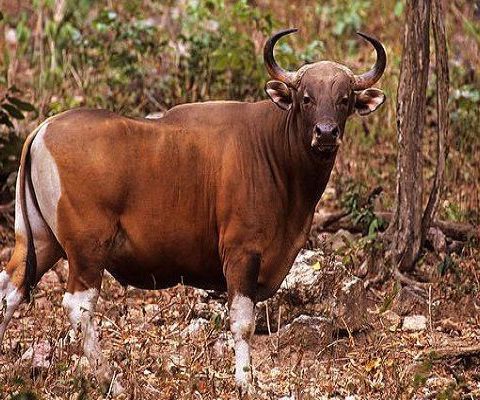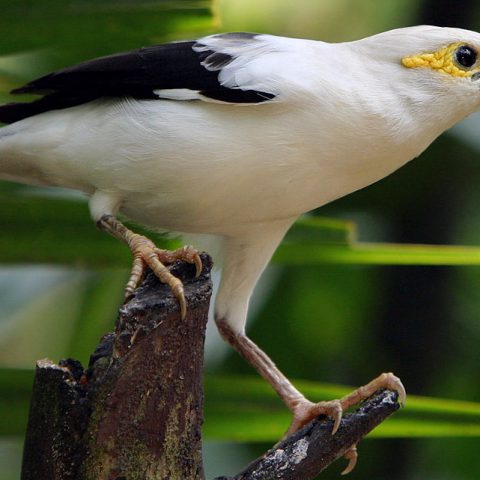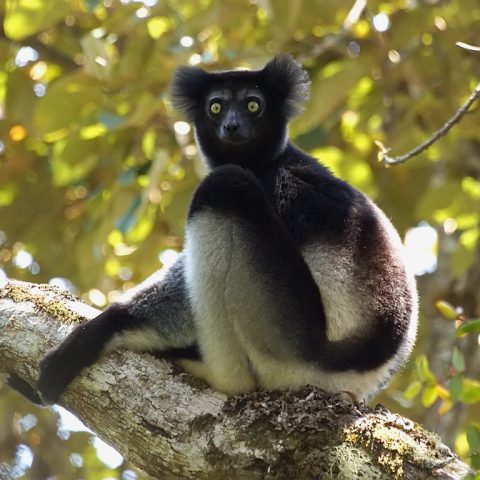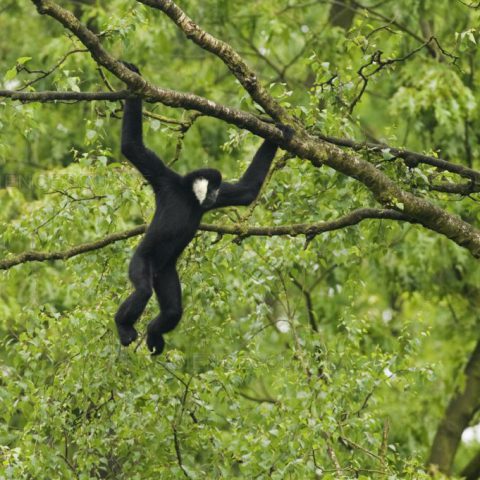White-backed Vulture
![]() Critically Endangered
Critically Endangered
Population
An accurate estimation of the remaining White-backed Vulture does not exist. It is believed to be around 270,000, but has considerably dropped over the past 2 decades.
Size
The species grows to be around 78 to 98 centimetres in body size with a wingspace of between 1.96 to 2.25 metres.
Weight
The weight of the species is between 4.2 to 7.2 kilograms.
Countries
Mauritania, Senegal, Mali, Guinea-Bissau, Guinea, Sierra-Leone, Cote D’Ivoire, Ghana, Burkino Faso, Benin, Niger, Nigeria, Cameroon, Chad, Central African Republic, Sudan, South Sudan, Democratic Republic of Congo, Somalia, Djibouti, Kenya, Uganda, Rwanda, Tanzania, Burundi, Angola, Mozambique, Zambia, Malawi, Zimbabwe, Eswatini, South Africa, Botswana, Namibia
Distribution
The species is found across plenty of central Africa and through many countries in the south in open wooded Savannah and scattered trees.
Description
The White-backed Vulture is a typical looking vulture having only down feathers on the head and neck with short tail and wing feathers. Adults have very white feathers while juveniles are very dark. The species has very broad wings and is on the medium part of the scale as in size for vulture species.

Quick Facts
The White-back Vulture behaviour consists of:
- The species is a scavenger
- Having large wings, the species can sore in the air scouring for food for hours at a time
- The species has amazing eyesight
- Often around 100 animals can be found at a carcass leading to fighting
- The species nests in loose colonies of 2 to 13 animals
- Nests are made up of sticks and twigs and lined with leaves and grass
- A single egg is laid and both parents look after it for 56 days
The diet of the White-backed Vulture consists of only Animal Carcasses.
The White-backed Vulture’s habitat is primarily wooded and open Savannah plains and scattered trees in woodland areas.
The main threats facing the White-back Vulture is that the species primary habitat is being lost and converted into areas for agriculture. This is resulting in less carrion for the species to feed on, and the species will not share food with other animals or even its own species.
The species is also being severely impacted by poising of other animals who die and the species then eats.
The species is also hunted for illegal trade and for use within medicine.
Conservation Efforts
The White-backed Vulture conservation effort is supported the the Save Vultures campaign of BirdLife.org. This program aims to help support vultures by increasing education and awareness of the problems facing the species as well as putting people on the ground and influence government policy.



